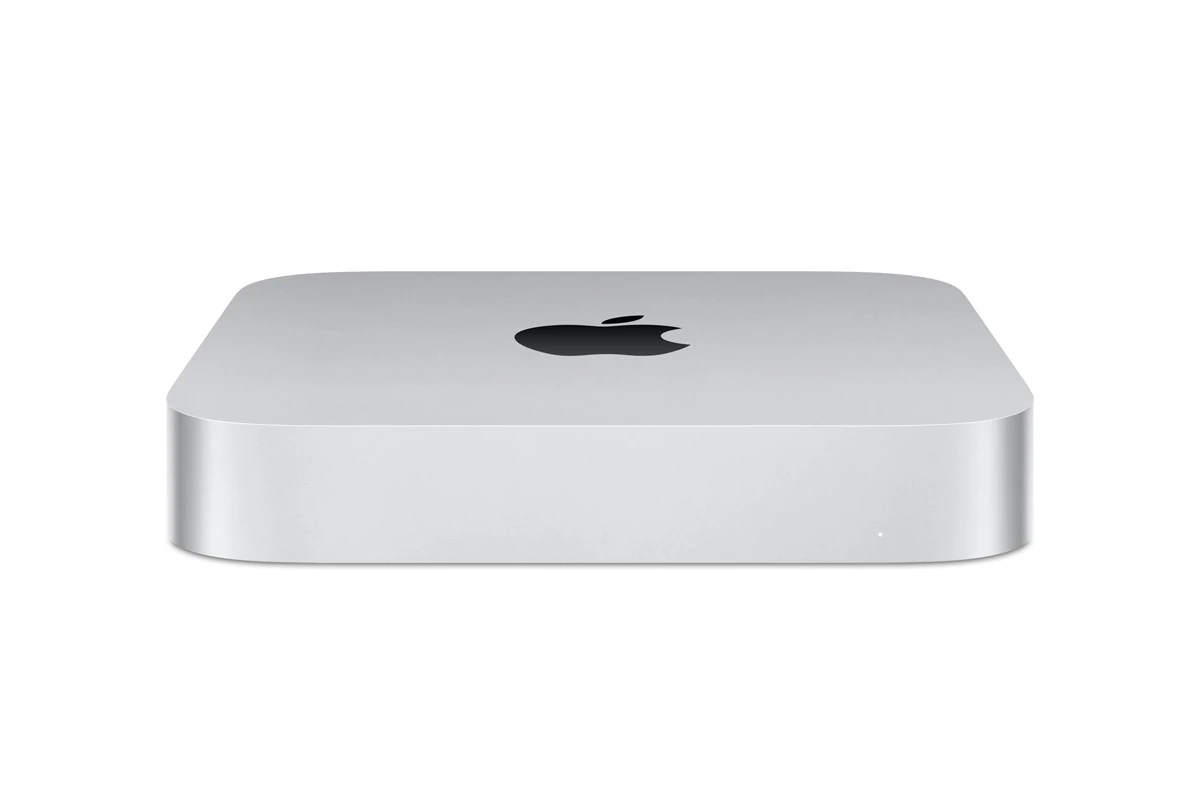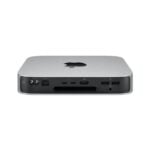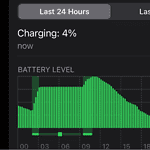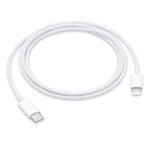The iconic Mac Mini by Apple is about to undergo a major transformation that could change the computing world forever. The new model Mac Minis will be driven by the powerful M4 chip and a rumor is going around of a potential shift towards a USB-C-centric design, completely eliminating the USB-A port from the device. This would be a huge commitment by Apple to embrace modern accessibility, but would leave literally billions of accessories on the sidelines in terms of connectivity. Whether or not Apple actually delivers on this will be seen but it’s definitely going to be a big deal if they do.
Although this transition may require some adjustments for users with older devices, the potential benefits of a sleeker design and improved performance are expected to outweigh any initial inconveniences.
Mac Mini Evolution: Embracing the Future of Connectivity
Apple is reportedly gearing up to unveil a redesigned Mac Mini featuring the powerful M4 chip, and with this change comes a potential shift in connectivity options. The upcoming Mac Mini might bid farewell to the traditional USB-A ports, opting for a more streamlined design centered around USB-C.
The Rumored Shift to USB-C
While Apple hasn’t officially confirmed these changes, reliable sources like Bloomberg’s Mark Gurman suggest that the new Mac Mini will embrace a USB-C-centric approach. This move aligns with Apple’s broader strategy of transitioning its product lineup towards the versatile and compact USB-C standard.
What to Expect
- Reduced Chassis Size: The removal of USB-A ports could allow for a more compact and sleek Mac Mini design, further enhancing its minimalist appeal.
- Increased USB-C Ports: To compensate for the absence of USB-A, the new Mac Mini is rumored to feature multiple USB-C ports, potentially offering even more connectivity options than before.
- Enhanced Performance: The M4 chip is expected to deliver significant performance improvements, making the Mac Mini an even more attractive option for power users.
Potential Impact on Users
The transition to USB-C might require some users to adapt their existing peripherals. Many devices still rely on USB-A connections, necessitating the use of adapters or dongles for compatibility with the new Mac Mini.
Comparing Connectivity Options
| Feature | Current Mac Mini (M1) | Rumored M4 Mac Mini |
|---|---|---|
| USB-A Ports | 2 | 0 |
| USB-C Ports | 2 (Thunderbolt 4) | 5 (Thunderbolt 4) |
| HDMI Port | 1 | 1 |
| Ethernet Port | 1 | 1 |
| Headphone Jack | 1 | 1 |
Embracing the Future
While the removal of USB-A ports might be a minor inconvenience for some, it signifies Apple’s commitment to pushing the boundaries of design and technology. The rumored changes to the Mac Mini reflect a broader industry trend towards embracing USB-C as the standard for connectivity, offering users a more streamlined and future-proof experience.
Short Summary:
- The new Mac mini will replace USB-A ports with five USB-C ports.
- The design is Apple’s first significant update since 2010.
- M4 chip shipments are set to begin in early September.
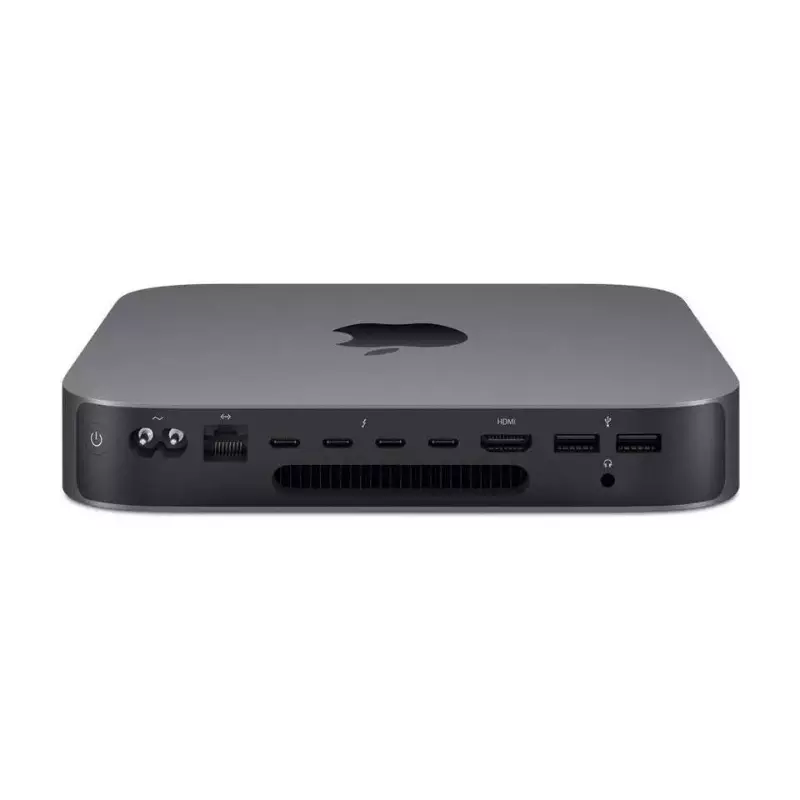
In a move that may not sit well with many long-time Apple users, a recent report from renowned tech journalist Mark Gurman indicates that the upcoming Mac mini will ditch USB-A ports in favor of a new design featuring five USB-C ports. This redesign is anticipated to be a major overhaul of the Mac mini, marking its first significant update since 2010. According to Gurman, this shift is part of Apple’s broader strategy to transition its entire Mac lineup to M4 chips within the next year.
Gurman detailed in his latest newsletter, Power On, that Apple plans to feature three USB-C ports on the back and two on the front of the new Mac mini, similar to the current design of the Mac Studio. Users can also expect the retention of an Ethernet port, an HDMI connector, and a 3.5mm audio jack. However, the elimination of USB-A ports may raise concerns among users who still rely on older peripherals.
“Prepare to say goodbye to the USB-A ports found on the current Mac mini. And one has to wonder if those will survive the Mac Pro and Mac Studio upgrades next year,” said Gurman.
This shift away from USB-A connectors is part of a larger trend, as Apple has previously phased out similar ports in favor of a more streamlined design across many of its devices. This decision may frustrate some users who prefer the older format, especially those who utilize USB-A for various accessories, such as keyboards and mice. One user noted on social media, “As much as people on r/apple hate to admit it, most people still use USB-A ports.”
Gurman also pointed out that the high-end version of the Mac mini, powered by the M4 Pro chip, is expected to be available by October. Suppliers in China are reportedly preparing to start shipping the base models equipped with the standard M4 chip as early as early September. This timeline suggests that Apple may unveil the new Macs shortly after the iPhone, which is expected to be announced on September 9.
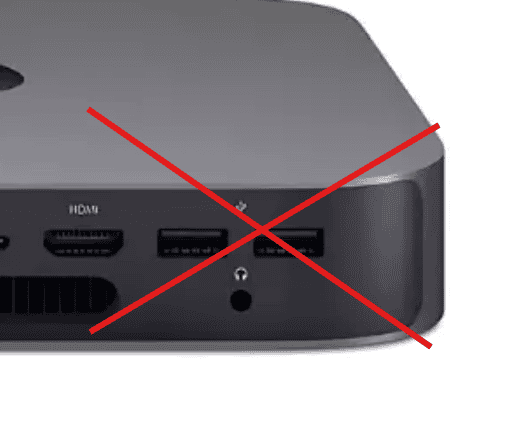
Furthermore, the most notable improvement in this redesign is the internal power supply that eliminates the need for an external power brick. This change may relieve users tired of dealing with bulky power adapters.
With the introduction of the M4 chips, Apple is not only modernizing the Mac mini but also reevaluating how users will connect and interact with their hardware. The new chip technology was reportedly introduced into the iPad Pro earlier this year, representing Apple’s commitment to enhancing performance across its product line.
“The new Mac mini will get the most dramatic new design, its first major overhaul since 2010,” Gurman added.
Despite its compact size and affordability, the Mac mini has carved out a niche for itself as one of the best mini PCs on the market. This upcoming revamp is expected to maintain its reputation for being powerful and capable while potentially expanding its appeal to a broader audience. However, the real challenge will be whether these changes result in a higher price tag, which may influence current owners’ decision to upgrade.
While Apple has yet to officially confirm the details surrounding this redesign, the anticipation surrounding the Mac mini suggests that Apple is eager to maintain its market position as a leader in innovative computing solutions. Over the years, the Mac mini has been well received for its versatility and has garnered a loyal user base, many of whom will be interested to see how the shift to USB-C will impact their current setups.
Industry experts believe that removing USB-A ports could encourage long-term users to transition toward newer peripherals. However, the immediate reaction from the community has been mixed, with many expressing concern about having to purchase additional adapters. Social media discussions have been particularly vocal, with users sharing their thoughts on the necessity of USB-A ports for legacy hardware.
“Both of my favorite wireless mice use a USB-A dongle, for instance, so it looks like I’ll be fishing out some USB-C adapters from my catch-all tech drawer,” one user lamented.
In recent years, Apple has faced scrutiny over its decision-making related to port availability, often prioritizing sleek design over compatibility. As noted by Gurman, the Mac mini may not be the only device impacted by this transition away from USB-A, with future models from the Mac Pro and Mac Studio potentially following suit.
For those considering switching to the M4-powered Mac mini, it remains to be seen whether Apple will offer any additional USB-C accessories or hubs to accommodate users transitioning from USB-A devices. There have been whispers about Apple designing USB hubs that may include USB-A ports, but nothing has been confirmed yet.
As with all tech advancements, consumers will have to weigh the benefits of the newer technology against the inconveniences it might bring. With Apple’s reputation for innovation and quality, it will be intriguing to see how the new Mac mini performs and whether users will embrace the upcoming changes or hold onto their legacy devices.

